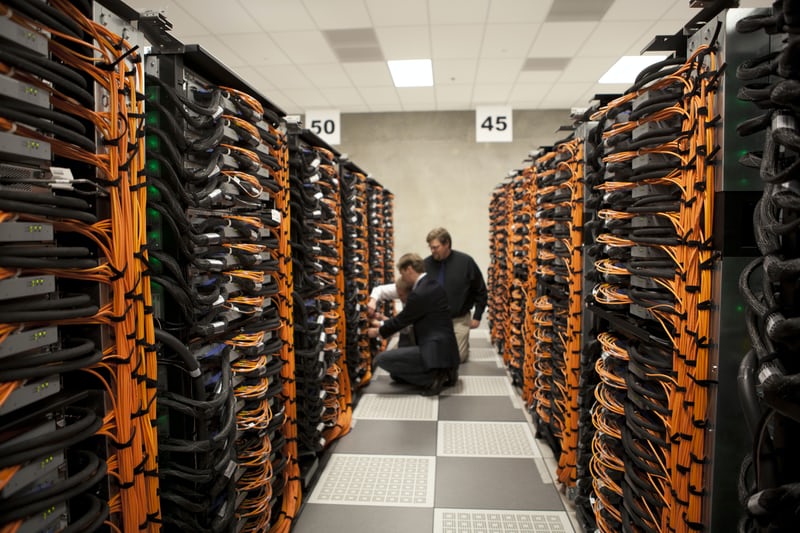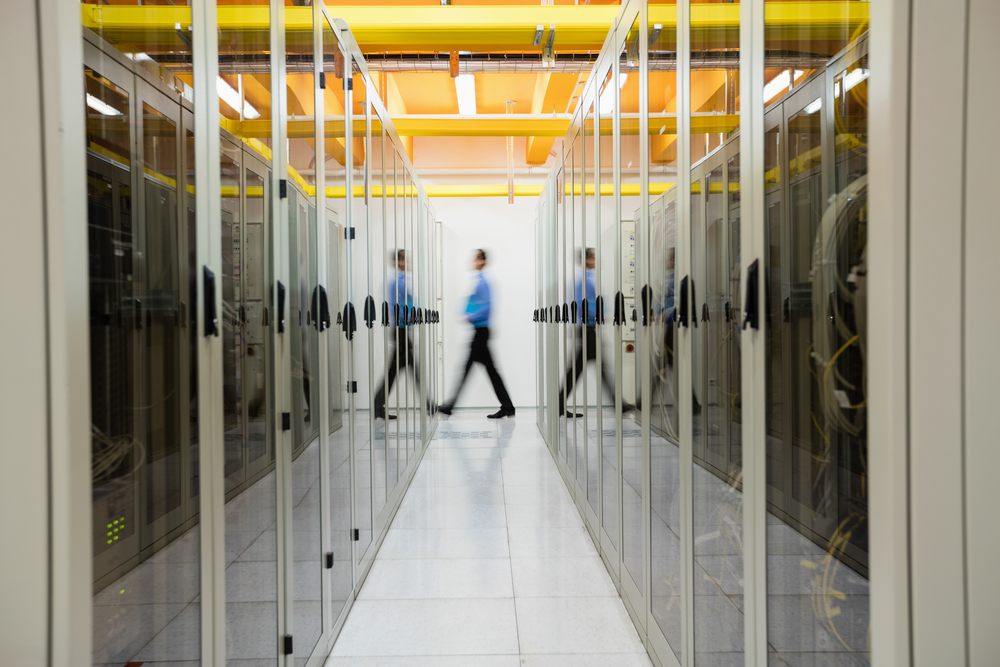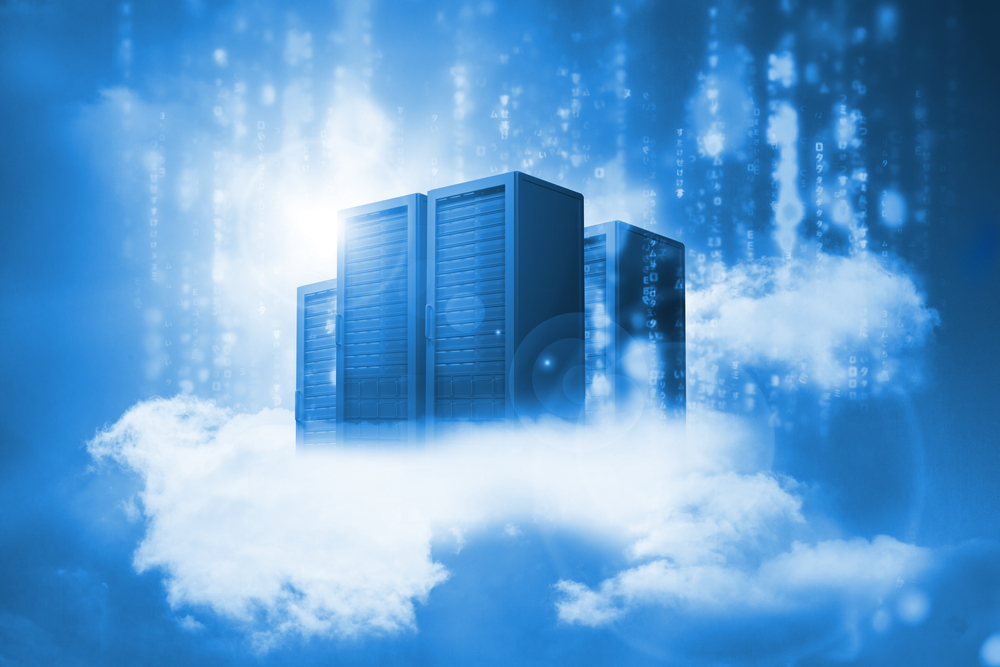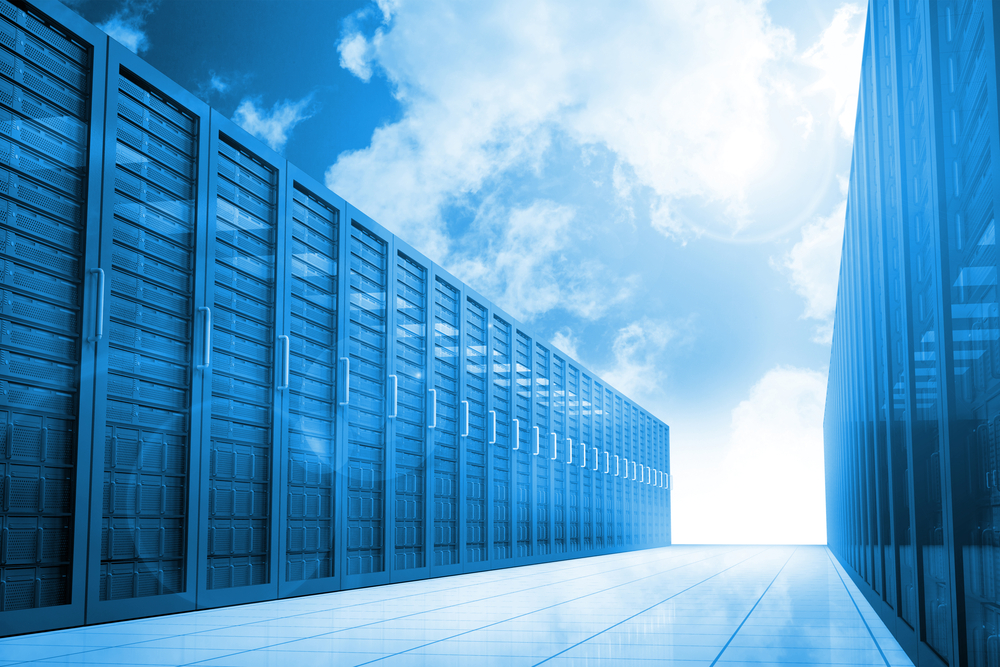
The 2023 economy is setting up to be a tricky one to forecast. Political turmoil, stock market and investment instability, and supply chain issues are just some of the highlights. As these are typically discussed regarding our personal financial decisions, they affect our business decisions and strategies in much the same way.
As business owners and managers, we are called upon to grow our businesses, grow profit, and control spending all while navigating the most volatile time in our global markets since the Great Depression in the late 1920’s. So, in summary – worst economic conditions in roughly a century, global turmoil, and let’s not leave out the whole Covid situation. That worldwide pandemic that has destroyed entire segments of the business world over the last 2+ years and is seemingly never ending at this point.
This isn’t meant to be a treatise on global economics, I just wanted to give some background to why TPM’s may well have a more powerful impact in our business lives than at any time in the last 40 years. As our respective businesses continue to navigate the economic storms, our needs become somewhat more basic. Lower risk tolerances, stretching our assets’ useful life windows while maximizing productivity, and streamlining internal processes to allow more staff flexibility are rapidly becoming SOP if they haven’t already. This is exactly the scenario where a TPM shines.
The fact is that technology waits for no one. In a 2022 Gartner poll of CFO’s, 66% said were planning to increase digital spend in the next 12 months and another 32% said they are maintaining current spending. That is the highest percentage in any spend category. This shows that digital technical acceleration remains key even in this environment. One of the strengths of TPM is the ability to convert CAPEX to OPEX, thereby freeing up funds from a budget line item of asset maintenance and letting it transition to additional CAPEX for your technical growth goals. There is often an opportunity to expand your IT assets usable lifetime by a number of years. This allows you to utilize your perfectly functional hardware instead of just churning to new hardware because of an arbitrary forecasted schedule.
In the 2023 Economy, the ability to not only save money but also to reallocate current budgets is key. In a recent poll, Gartner found that only 43% of all CFO’s actually achieved their anticipated level of cost savings in year 1 of their cost reduction initiative. The markets are very unstable, supply chain costs and product availability are questionable at best. One of the key items not properly accounted for in a hardware uplift is the cost to complete the project. The costs to safely move and store your most valuable data, break down the old hardware (fully functional, just “outdated” based on that arbitrary schedule), prep the area, confirm configs, install the new hardware and software, migrate your live data, and doing all this while avoiding any malware or ransomware attacks. This process is expensive, time consuming, and risky. Labor costs count just as much as CAPEX does on your bottom line. That entire process could have been avoided, every minute and every penny, simply by having a high quality TPM extend the coverage on your fully functional existing hardware. Those minutes and pennies could then be allocated to another project on your agenda, allowing you to “save” time and money and also complete another high-level project.
A hybrid TPM solution, where you have some of your assets under coverage with the OEM (where it makes sense) and some under coverage with a TPM (where it makes sense) is the best approach for most mid-level and larger clients. The first few years, the OEM is your best bet. You will have access to patches and updates to your firmware and software that you cannot get anywhere else. There is fantastic value in that. Once the system is stabilized and the bug fixes have been uploaded, this is the time to begin to look at the option to move to a TPM. Since most high-level TPM’s can save you 30%-70% annually on your support costs, that again becomes money that can be either realized as savings or reallocated to help offset another area of your budget. In my opinion, this is the TPM’s place in the challenging and exciting economy of 2023.

This is an age-old discussion in the IT industry. Often it seems that it is made out to be an either/or ...

“Tape storage? That’s so outdated!” So goes the judgement in today’s IT world, with cloud infrastructure...

In talking to many clients throughout my career, one of the top trending things I have heard is about sw...